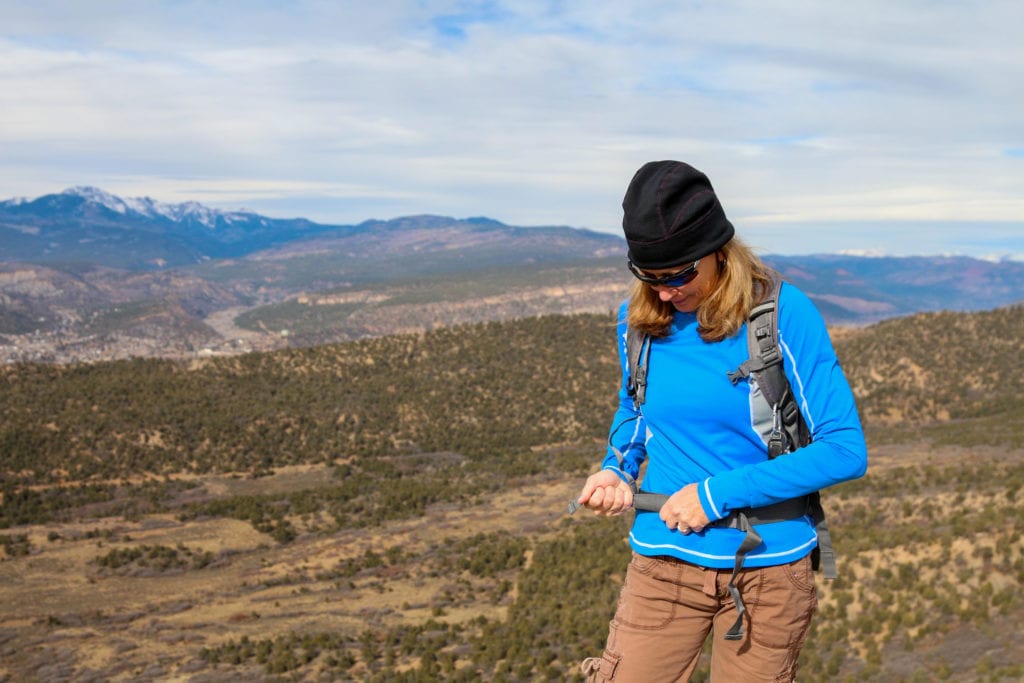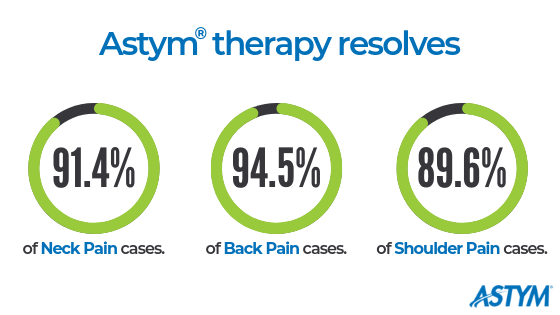
06 Aug Backpack Safety: How To Avoid Pain And Injury
Backpacks are a necessity for many hikers, students, and commuters. They simplify carrying important items but can quickly become uncomfortable if used improperly.
Why Backpacks Cause Pain and How To Avoid It:
Backpacks can cause pain for several reasons, but the underlying cause is usually narrowed down to bad habits and improper usage. Here are some helpful tips to avoid back, shoulder, and neck pain caused by backpacks.
1. Adjust The Backpack

Backpacks are not a “one size fits all.” Adjustments to the pack will need to be made in order to avoid strain to your body. Most backpacks have the option to adjust the shoulder straps, the waist belt, and sometimes the chest belt.
Backpack straps and belts should ALWAYS be adjusted properly to fit your body. Your pack should rest comfortably above your waist and should not hang below your hip bone. The waist belt on a backpack helps take a portion of the load off your shoulders and may decrease neck pain and back pain above the waist.
If your arms start to feel tingly or ache, your pack’s shoulder straps may be tightened too tight. For additional comfort, use backpacks with padded shoulder straps. This can help minimize shoulder strain and the generally wider pads may help even the distribution of the pack’s weight.
2. Limit Your Load

Overloading is a major reason for pain caused by backpacks. We see overloading most often within schools and on college campuses which could be correlated to short passing periods and heavy textbooks. University of Iowa Hospitals and Clinics explains the signs of what an overweight backpack looks like.
Your backpack is too heavy if:
- It’s difficult to put on or take off.
- You have pain from wearing it.
- Strap marks show on your shoulders.
- Your posture changes while wearing it.
It’s recommended for a backpack not to exceed 15%-20% of a person’s body weight. This is a common recommendation for adults, but some health systems even recommend carrying no more than 10% of a person’s body weight. For children and younger teens, this percentage drops to no more than 5%-10%.
Practice packing your backpack correctly by putting the heaviest items on the inside of the pack, closest to your back. This will help you maintain a good posture and even out the weight of the pack.
3. Use Correct Posture

Both shoulder straps should be worn to create an even distribution of the packs weight across the body. Slinging a pack over one shoulder can contribute to the development of poor posture and could also lead to one-sided pain.
While wearing both shoulder straps is a good first step to correcting your posture, it’s common for people with overloaded packs to lean forward to compensate for the weight. Backpacks should be worn comfortably without needing to lean forward.
Core and back strength also play a crucial role in maintaining a good posture. A weak core can make it uncomfortable to wear a backpack, even when the pack isn’t heavy to pick up by hand.
Getting Rid Of Pain Caused By Backpacks
Back pain and other strains caused by backpacks can be treated through physical therapy. Astym® therapy has successfully resolved numerous cases of back, neck, and shoulder pain.

To learn more about additional conditions Astym therapy can treat, click here.
It’s important to talk with a medical professional about any aches and pains you may be experiencing. Your daily commute and hiking trip shouldn’t cause you pain. We make contacting a certified Astym provider easy. Click the “Find A Provider” button to see if there’s an Astym provider in your area.
*The content is not intended to be a substitute for professional medical advice, diagnosis, or treatment
Sources:
7 Best Backpacks for Back Pain 2019. (2019, May 30). Retrieved from https://betterexploring.com/best-backpacks-for-back-pain/
Asher, A., & Cpt. (2019, March 31). 10 Tips for Preventing Pain From Wearing Your Backpack. Retrieved from https://www.verywellhealth.com/backpacks-and-back-pain-296597
Is your backpack too heavy? (2019, January 02). Retrieved from https://uihc.org/health-topics/your-backpack-too-heavy
Pasteris, J. (2019, April 12). How Much Should Your Pack Weigh? Retrieved from https://www.rei.com/blog/camp/how-much-should-your-pack-weigh




